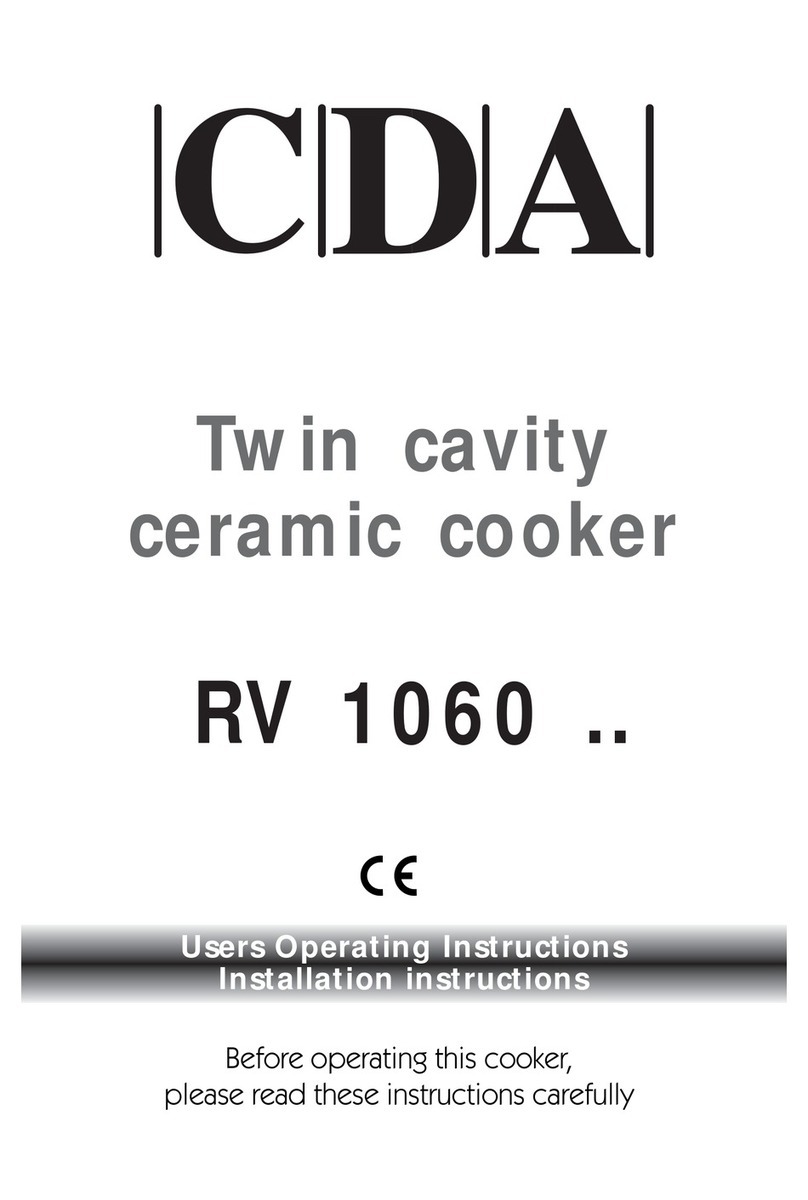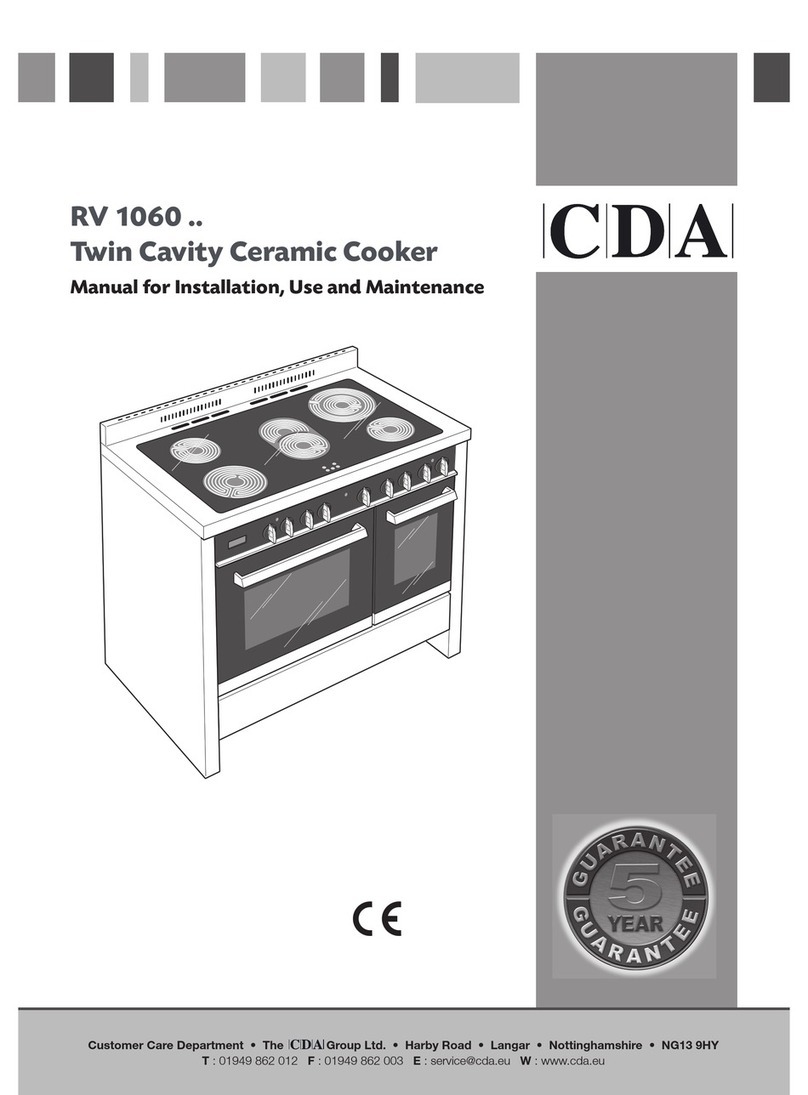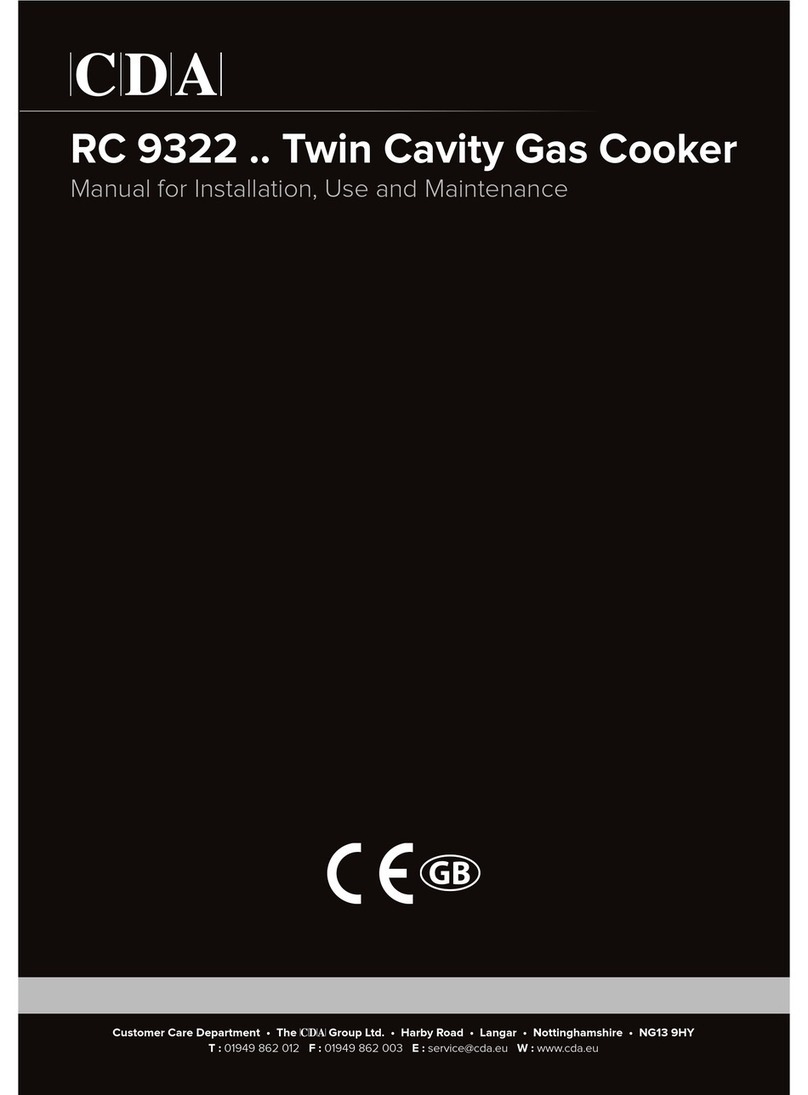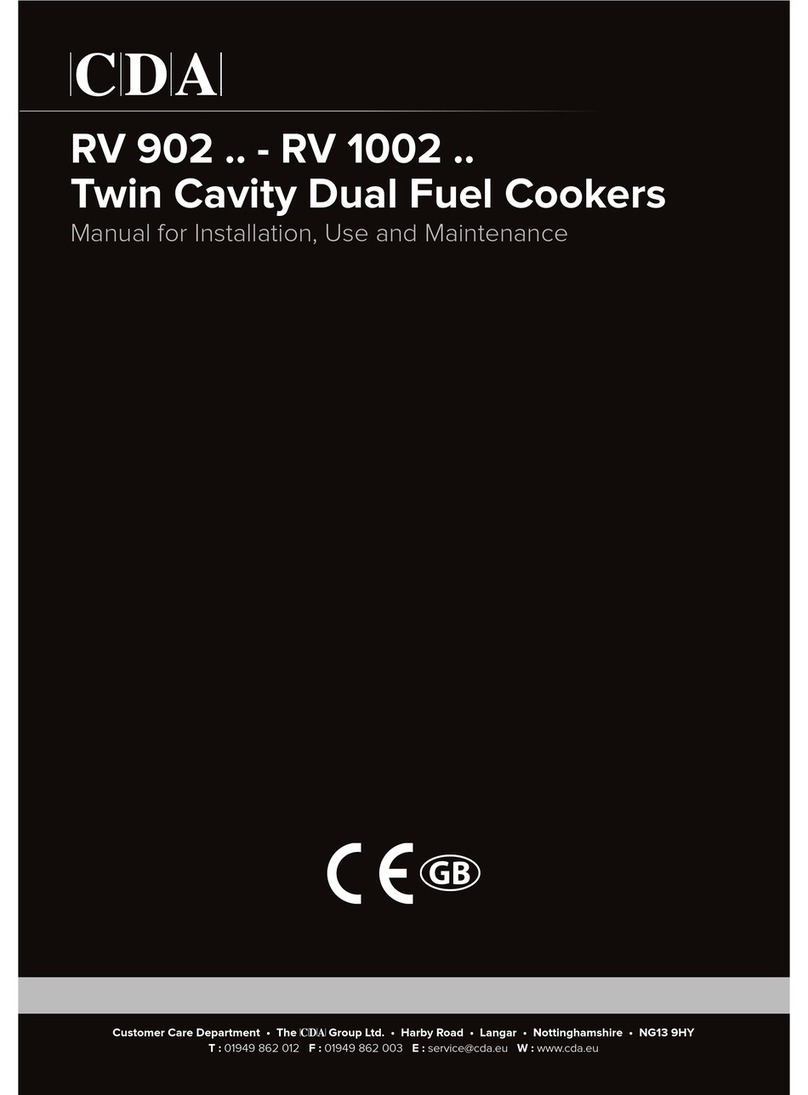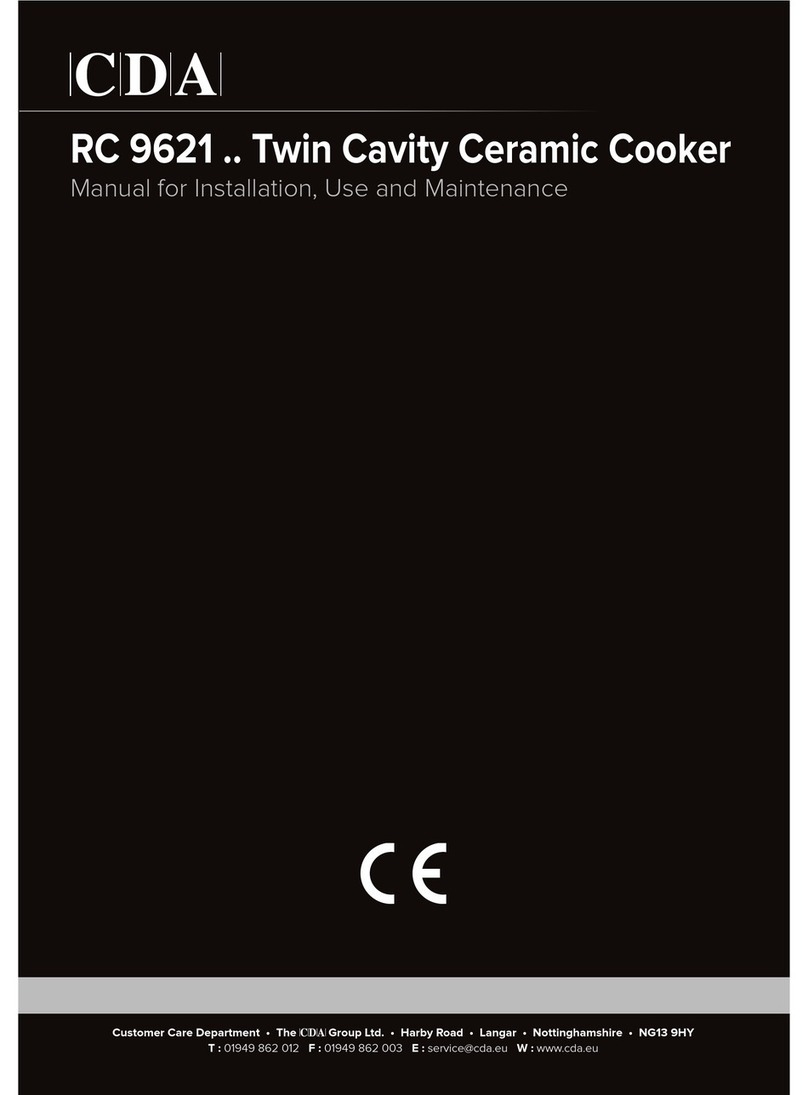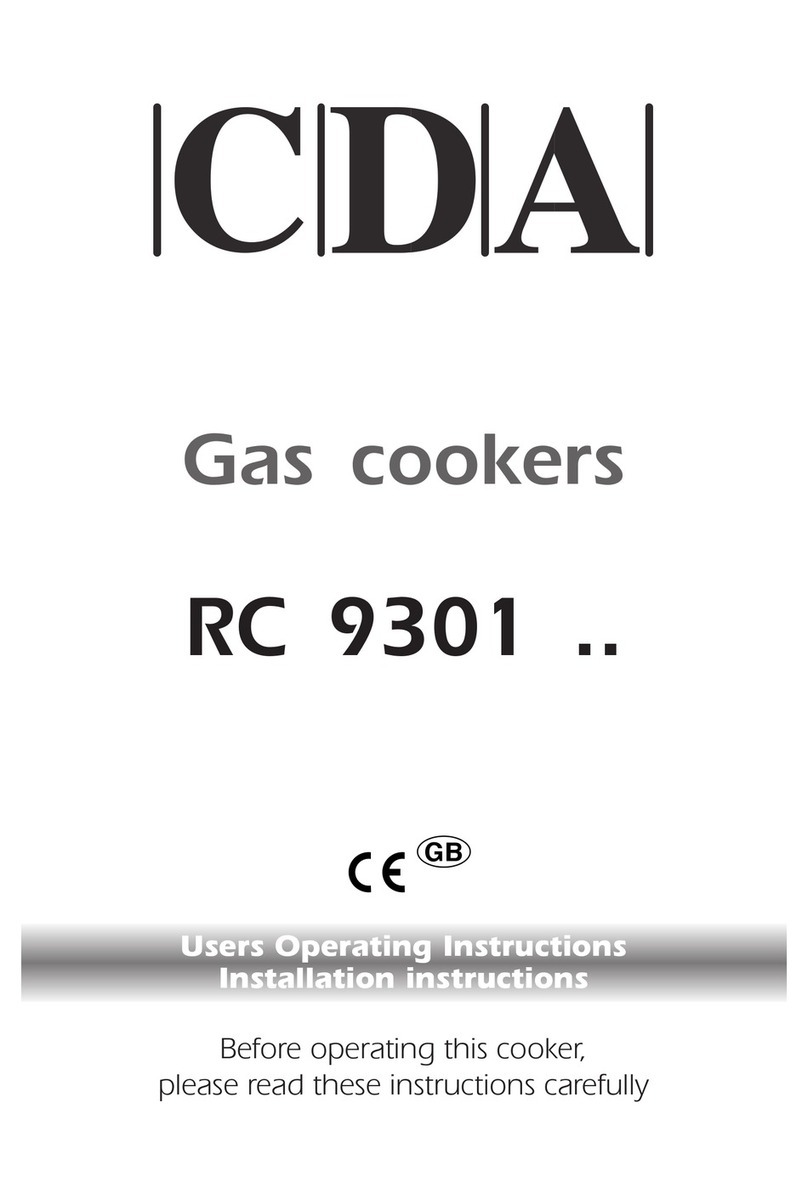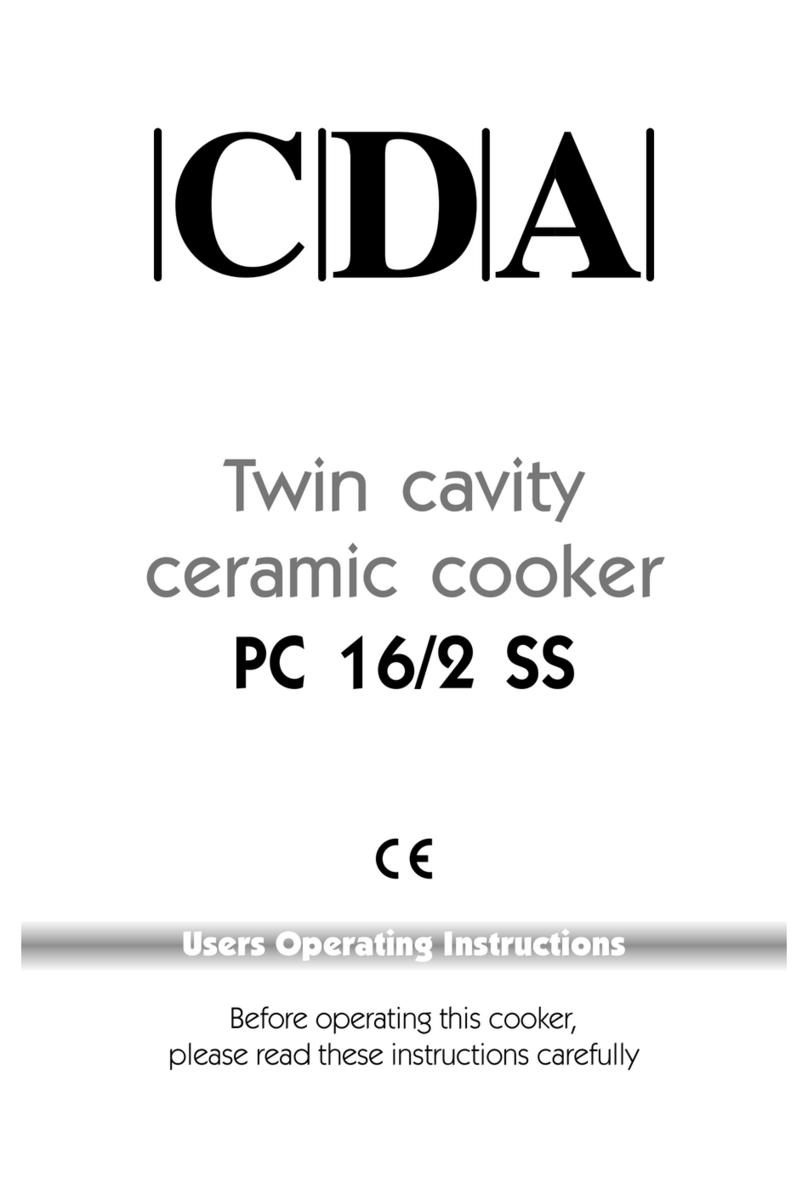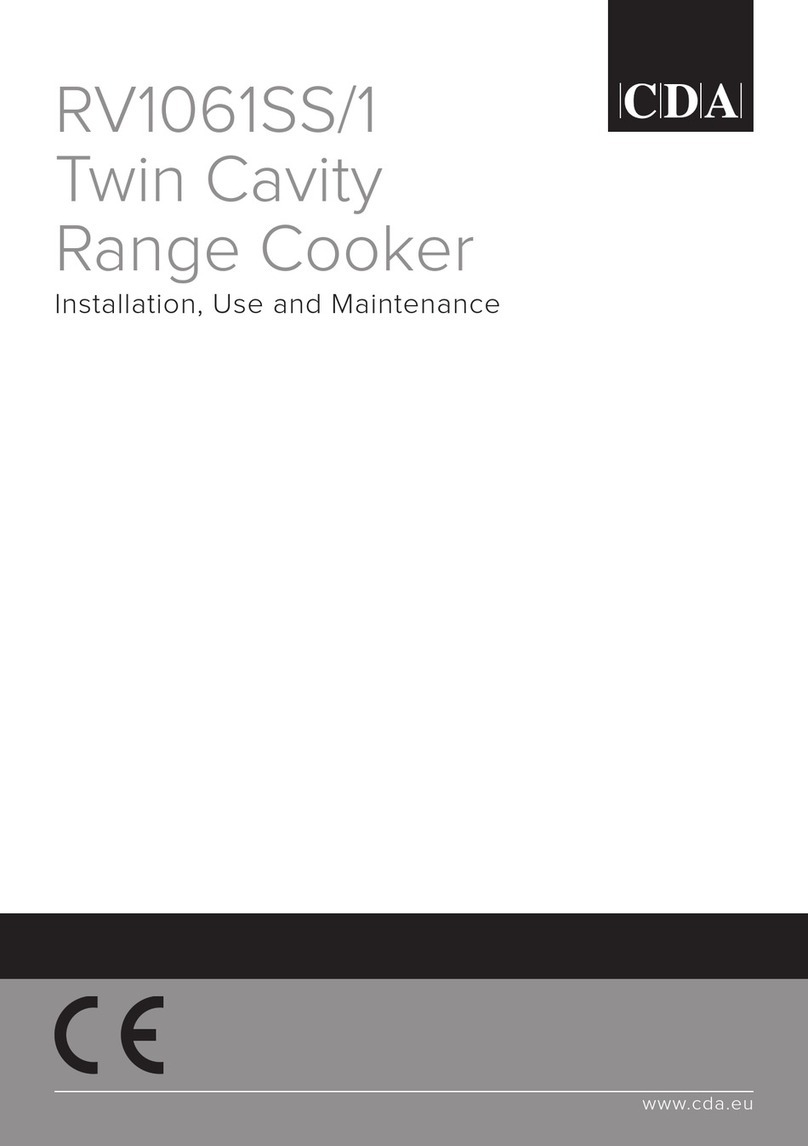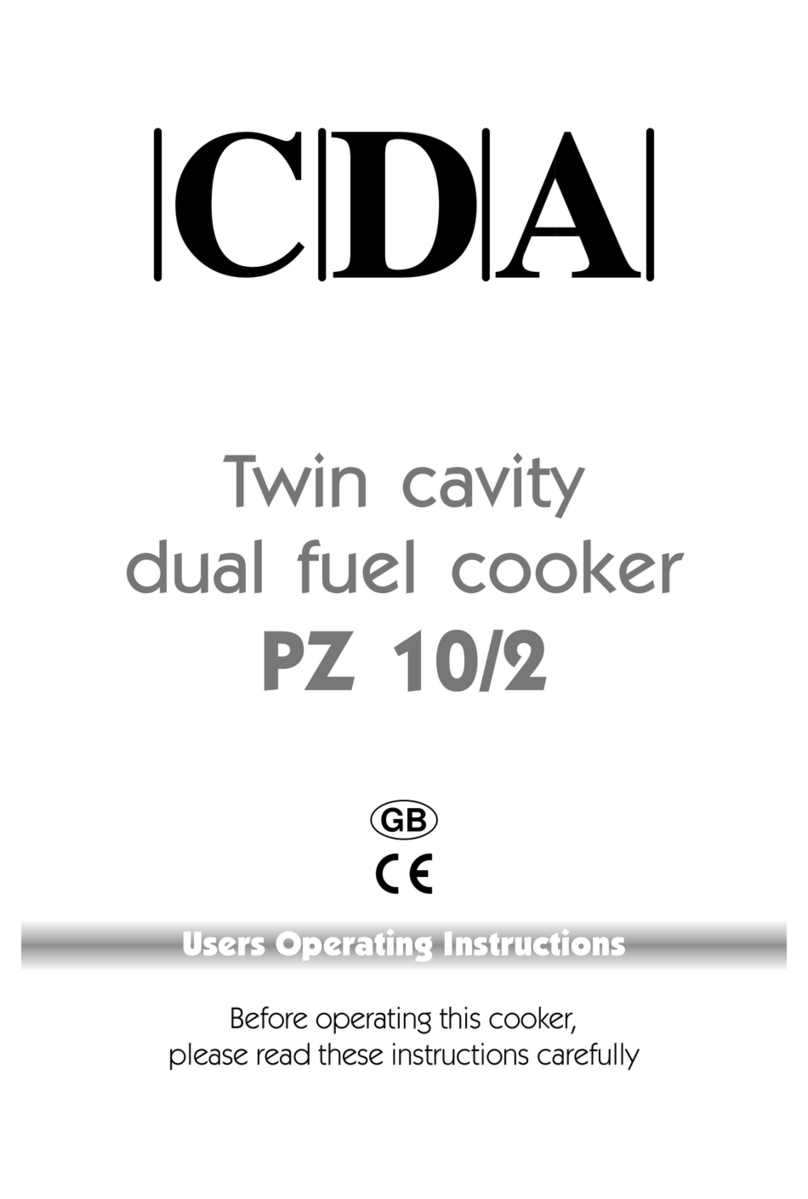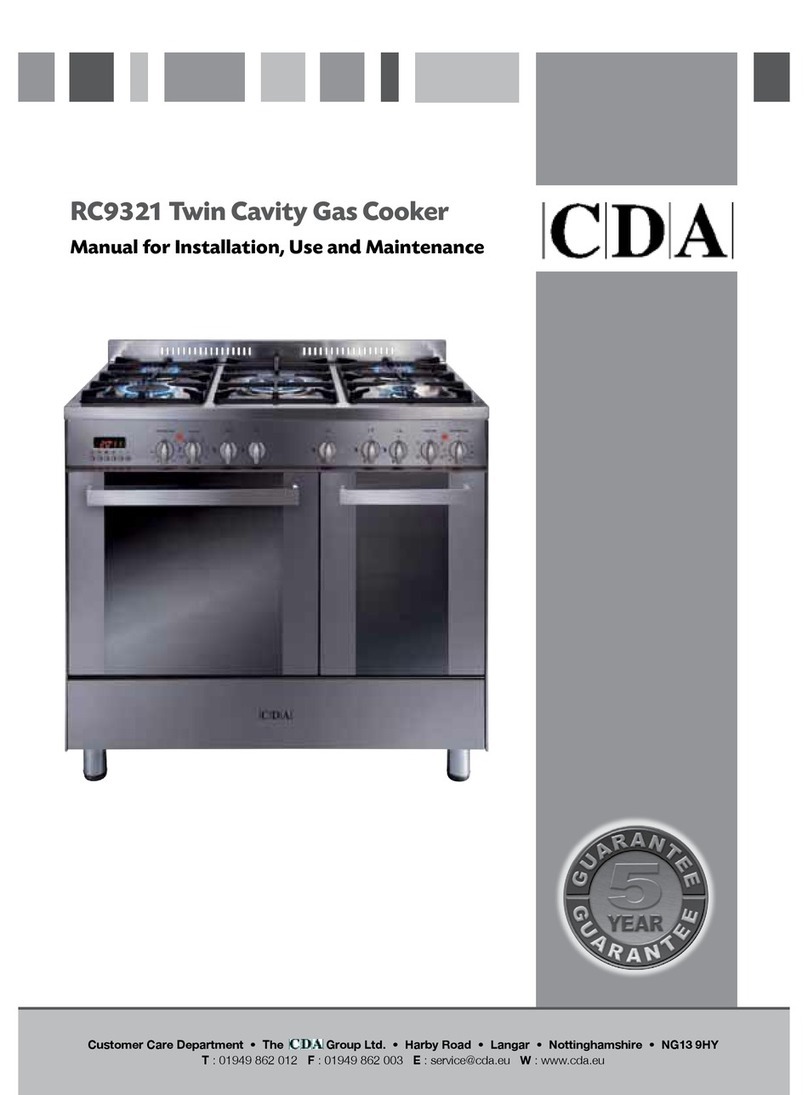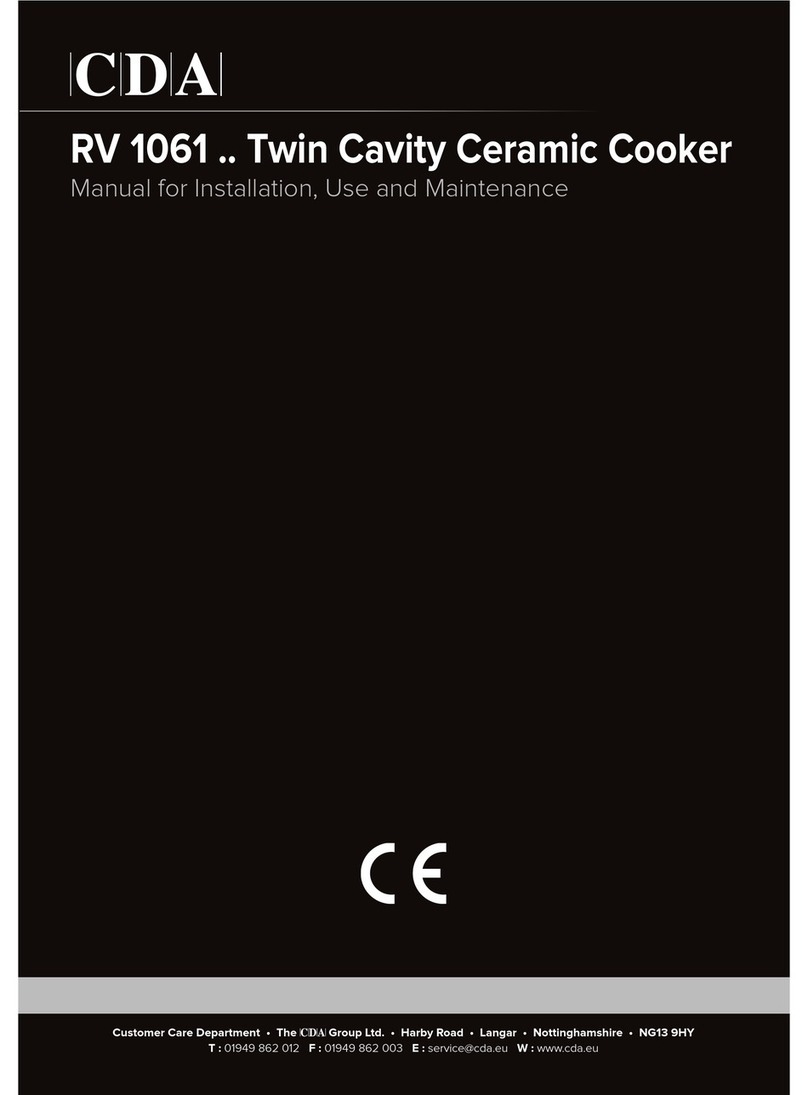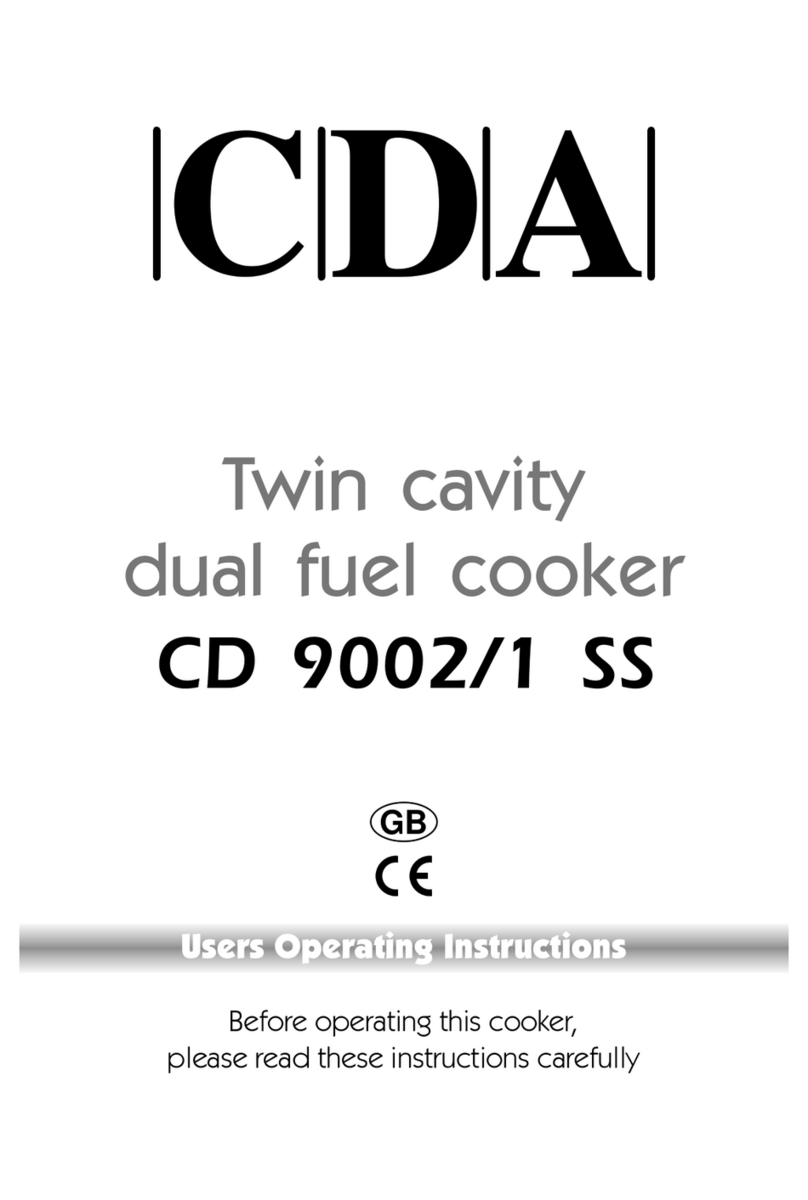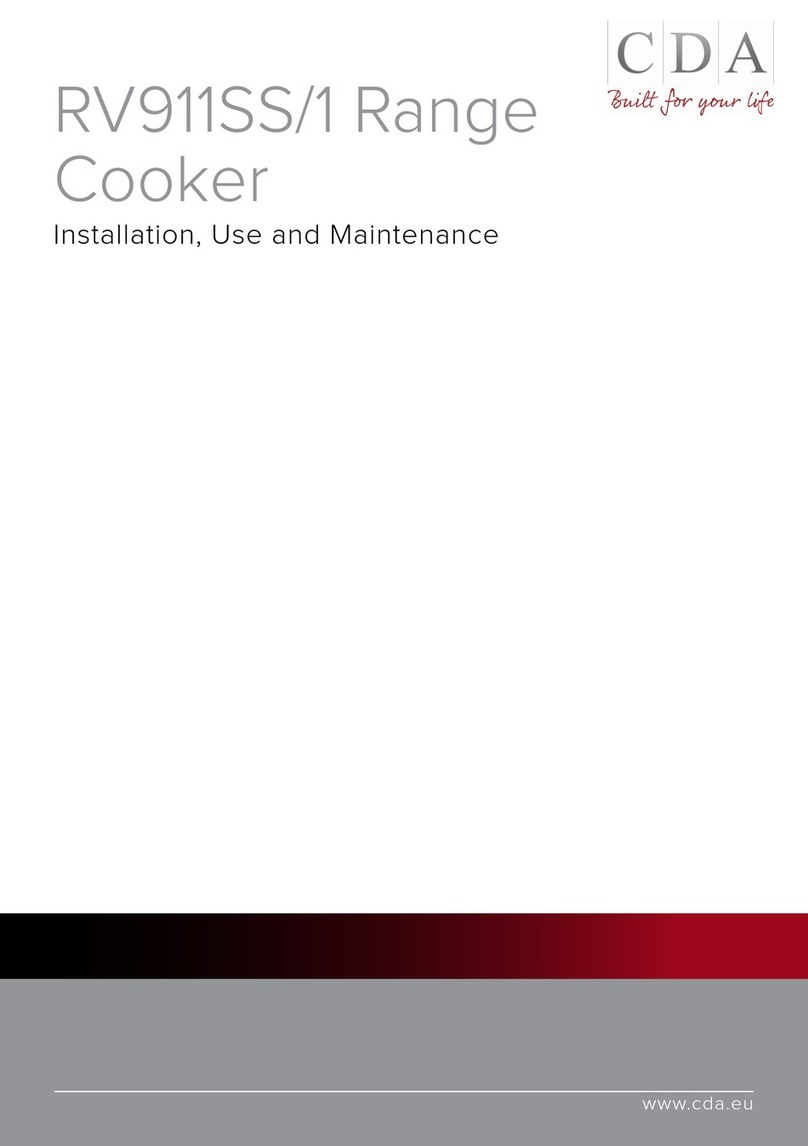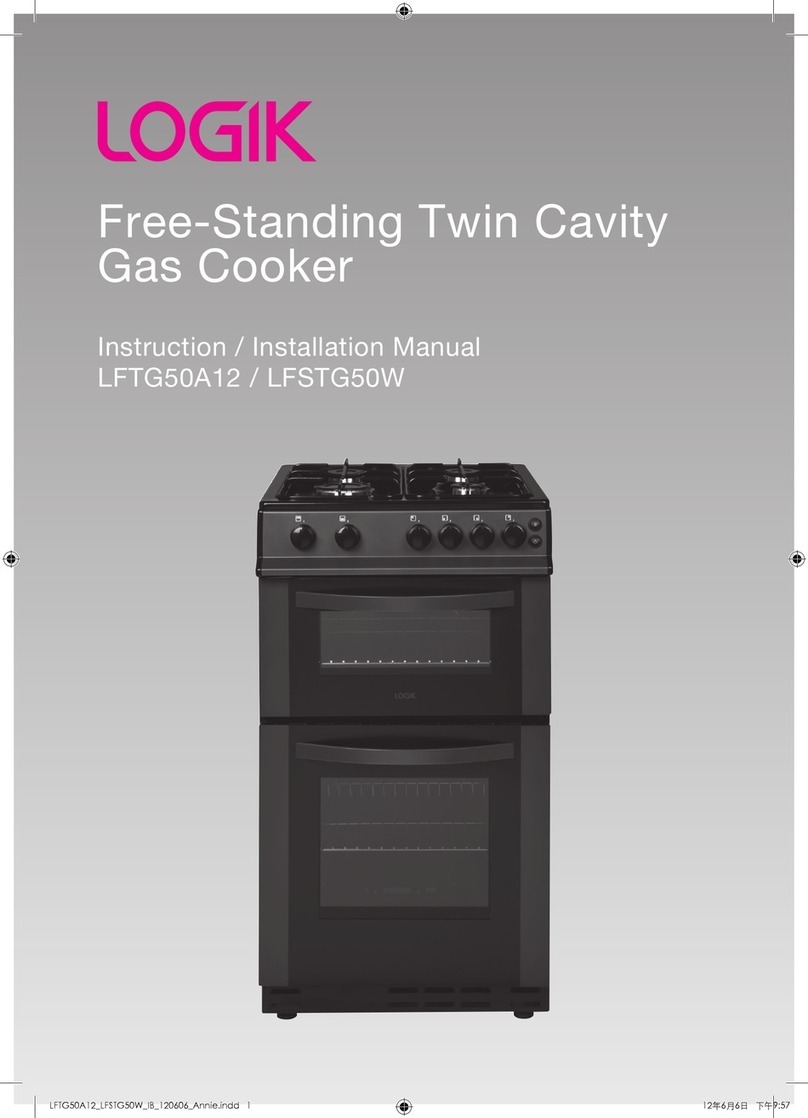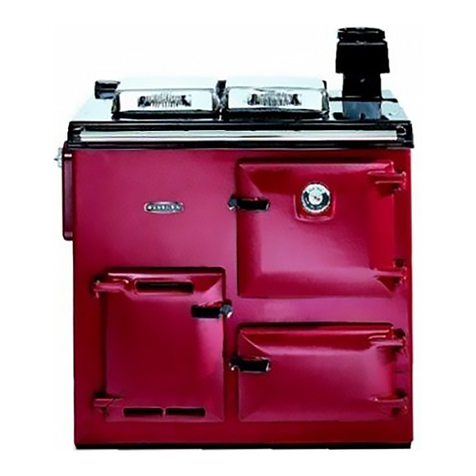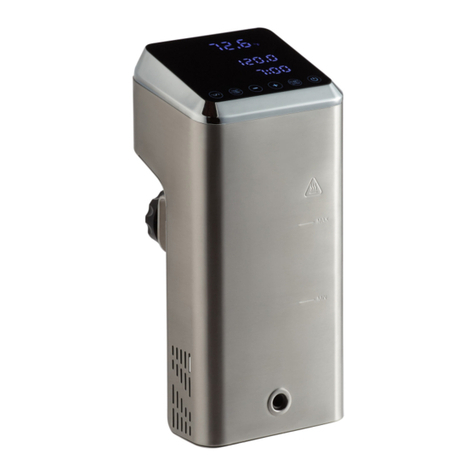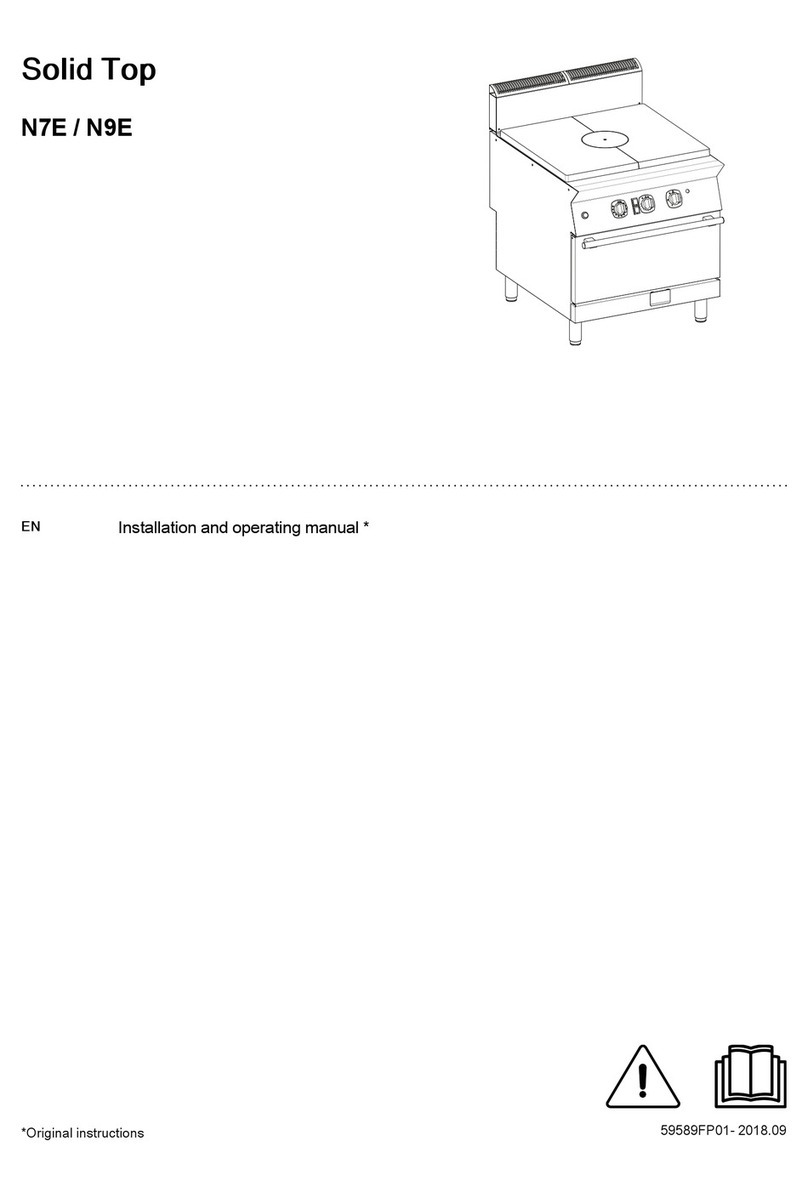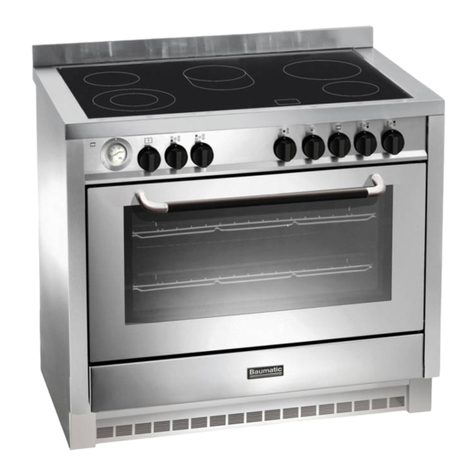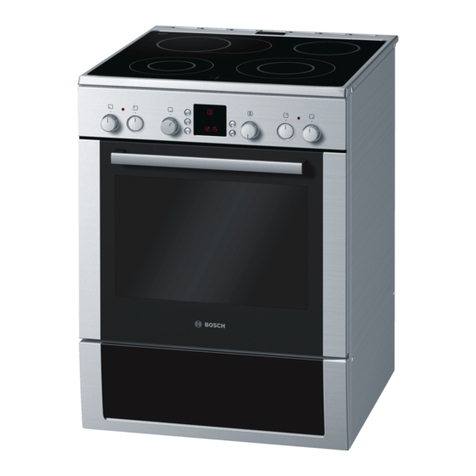Fig. 9
Fig. 8
9
Automatic oven cooking
To cook food automatically in the oven, it
is necessary to:
1. Set the length of the cooking time
2. Set the end of the cooking time
3.Set the temperature and the oven
cooking programme.
These operations are done in the
following way:
1.Set the length of the cooking time by
pushing the button and the
button to
advance, or to go back if
you have passed the desired time (fig.
8). The AUTO and the symbol will
be on.
2.Set the end of the cooking time by
pressing the button (the cooking
time already added to the clock time
will appear), and the button (fig.
9); if you pass the desired time you
may get back by pushing the
button.
After this setting, the symbol will go
off. If after this setting, the AUTO
flashes on the panel and a buzzer goes
off, it means there was an error in the
programming.
In this case, modify the end of cooking
time or the cooking time itself by
following the above instructions again.
3.Set the temperature and the cooking
programme by using the switch and
thermostat knobs of the oven (see
specific chapters).
Now the oven is programmed and every-
thing will work automatically, that is the
oven will turn on at the right moment to
end the cooking at the established time.
During cooking, the symbol remains
on.
By pushing the button you can see
the time that remains until the end of
cooking.
The cooking programme may be cancelled
in any moment by pushing .
At the end of the cooking time the oven
will turn off automatically, the symbol
will turn off, AUTO will flash and a buzzer
will sound, which can be turned off by
pushing any of the buttons.
Turn the switch and thermostat knobs to
zero and put the programmer onto
“manual” by pressing the button.
Attention: A power cut makes the clock
go to zero and cancels the set
programmes.
After a power cut three zeroes will flash
on the panel.

